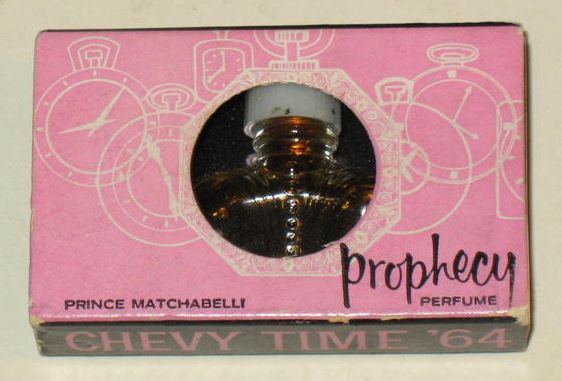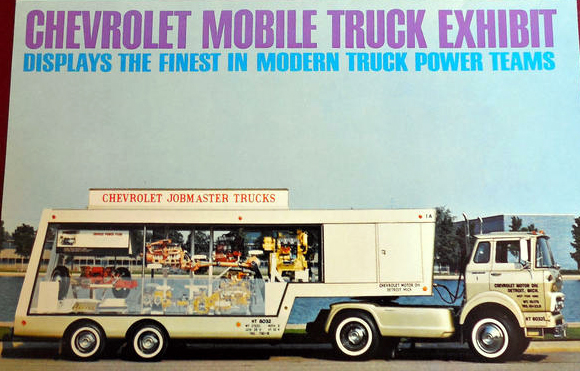Born in on leap year day in 1908, Earl Scheib never went to college. Instead, he got a job as a gas station attendant changing oil and tires for General Petroleum Co. in the late 1920s. Not long after, he went into business with his own gas station on the corner of Whitworth and Fairfax in Los Angeles. His neighbors soon began asking if he knew anyone who could paint their cars. So, each night, after closing time, Earl would paint cars in the station's lube garage.
Earl A. Scheib, whose commitment to painting cars at rock-bottom prices led to a chain of more than 200 shops in about 40 states and whose television commercials made him an icon of Southern California’s car culture, died Saturday. He died at age 85, in 1992
He spent his retirement in Baverly Hills with a thoroughbred horse racing stable of 45v acres in Chino
Scheib and his company, headquartered in Beverly Hills, were continually hounded by county district attorneys and the Federal Trade Commission, who doubted the veracity of his claims. Only a few colors were available for the special price, they said, and the price was not special because it was the everyday cost, not a markdown from anything higher.
“It is my sincere opinion,” Scheib wrote The Times after one debacle with the FTC in 1963, “that $29.95 is a special price as we have not raised our price in 27 years, still giving the public their choice of any color.”
He changed a word here or there as various authorities cracked down on his popular advertisements. But he said the minor changes would not affect his sales, and they did not.
https://www.latimes.com/archives/la-xpm-1992-03-01-me-5781-story.html
https://www.jalopyjournal.com/forum/threads/vintage-shots-from-days-gone-by-part-2.1154030/page-1441#post-14206450
Earl Scheib Paint & Body is the world's largest company-owned and operated auto-painting and body repair service, painting more than 15,000 cars and trucks every year. Made famous in the early years by Earl's slogan, 'I'll paint any car, any color for $29.95. No Ups! No Extras,' the company has painted more than 10 million cars over its 62 years in business, and continues to adhere to Earl's original commitment of offering the best price in town on auto painting. A commitment they guarantee.
Earl A. Scheib's association with automobiles began in the automobile mecca of southern California in the 1920s. After graduating from Los Angeles High School in the late 1920s, Scheib secured a job as a gas station attendant rather than pursuing college. Through numerous oil and tire changes completed for the General Petroleum Co., Scheib gained valuable experience. Soon Scheib branched off onto his own, purchasing his own service station in Los Angeles. Scheib fell into auto painting rather by accident. Customers frequently asked Scheib about auto painting shops, so Scheib decided to paint a few cars in the station's garage during the evening hours when the station was closed. What began as a small, after-hours endeavor soon blossomed, and Scheib could not keep up with demand. He thus sold his gas station and in 1937 opened Earl Scheib Paint and Body on a Los Angeles street corner near Beverly Hills.
Scheib was the first to introduce production painting of automobiles in the United States. Touting low prices of $29.95 for sedans and $24.95 for coupes, Scheib seriously undercut competitors' prices, which generally ran a few hundred dollars to paint an automobile. Because of the rock-bottom prices, customers rushed to Scheib's shop, reportedly causing traffic snarls that required assistance from the police. Open daily, Scheib and his ten employees painted between 150 and 210 cars per week during the early years.
Earl Scheib hit a snag in the 1940s with the advent of World War II. The war generated a great demand for paint, and paint supplies in the United States grew thin. Scheib was forced to lease a gas station to make ends meet, and he fought to keep his business open. In 1946, however, paint rationing ended, and the auto painting business experienced tremendous growth and popularity. Scheib opened additional stores in the San Fernando Valley, located just outside of Los Angeles, to accommodate the demand.
Scheib, credited as being the first spokesperson for his own company, handled all advertising and developed and wrote his own television commercials. Scheib believed viewers would find his ads more convincing and genuine if he spoke directly to the viewers about the company's offerings. ( I wonder if this influenced Cal Worthington?)
Car owners were choosing to keep their cars longer, and this trend was reflected in Scheib's sales; in the early 1980s the company's sales increased an average of 17.6 percent per year, and between 1982 and 1985 the firm's stock quadrupled. By 1985 there were 275 Earl Scheib stores, ranging from Hawaii to New York.
After reaching record sales of $69 million in 1987, Earl Scheib entered a period of decline. The company's 'redo rate' was 22 percent in 1995
https://www.company-histories.com/Earl-Scheib-Inc-Company-History.html
(photographed by the famous John Margolies)
In 2010, Earl Scheib, Inc. announced it ceased its operations nationwide. The company, as expected, was dumped by management now that no descendant of Earl still remained in the company, and it was was purchased by investment firm in 2009 for $8 million, according to the Wall Street Journal, who, as expected, auctioned off all assets for a profit.
The shops are now independently owned and operated, voiding all customer warranties.
https://www.bodyshopbusiness.com/earl-scheib-inc-ceases-operations/
https://www.loc.gov/resource/mrg.05649

















































